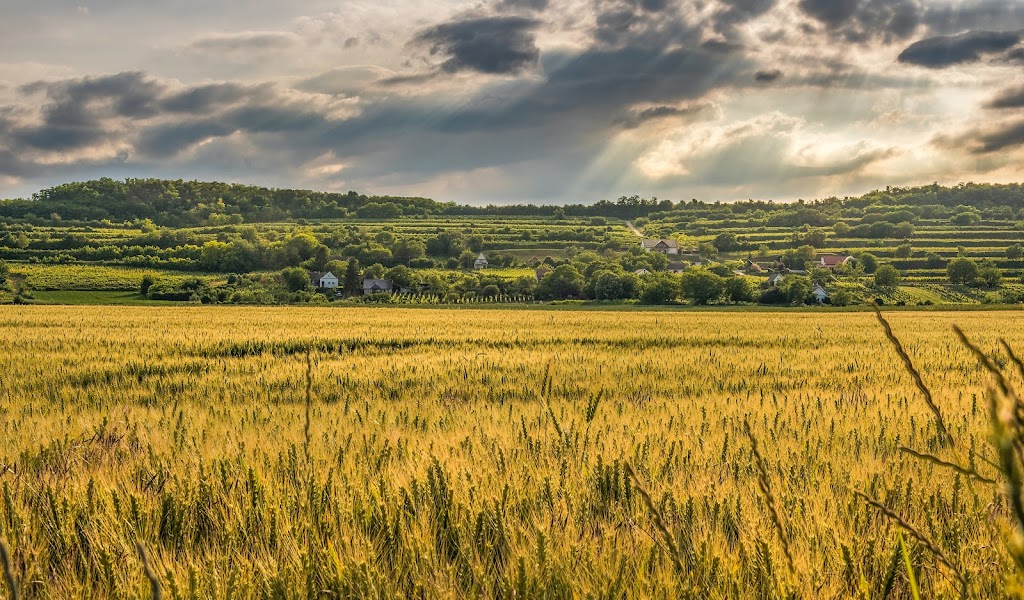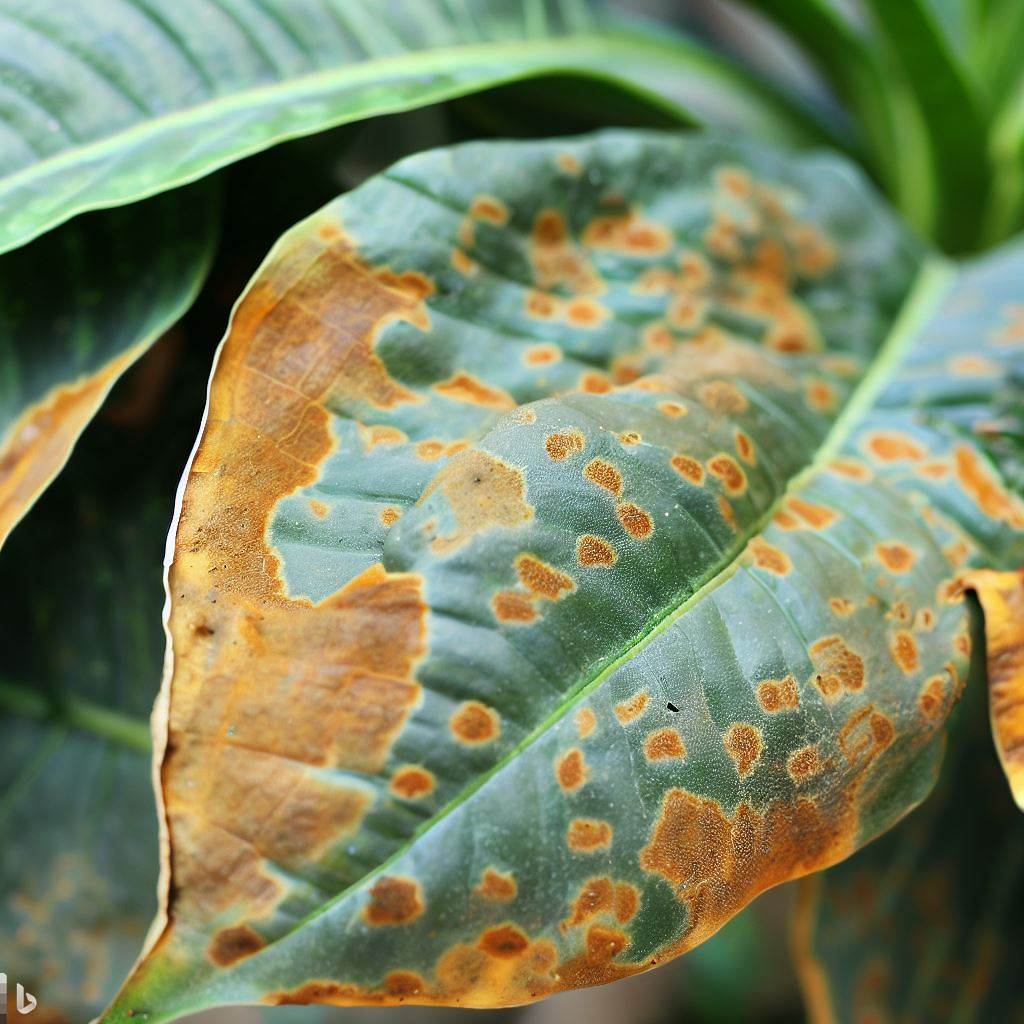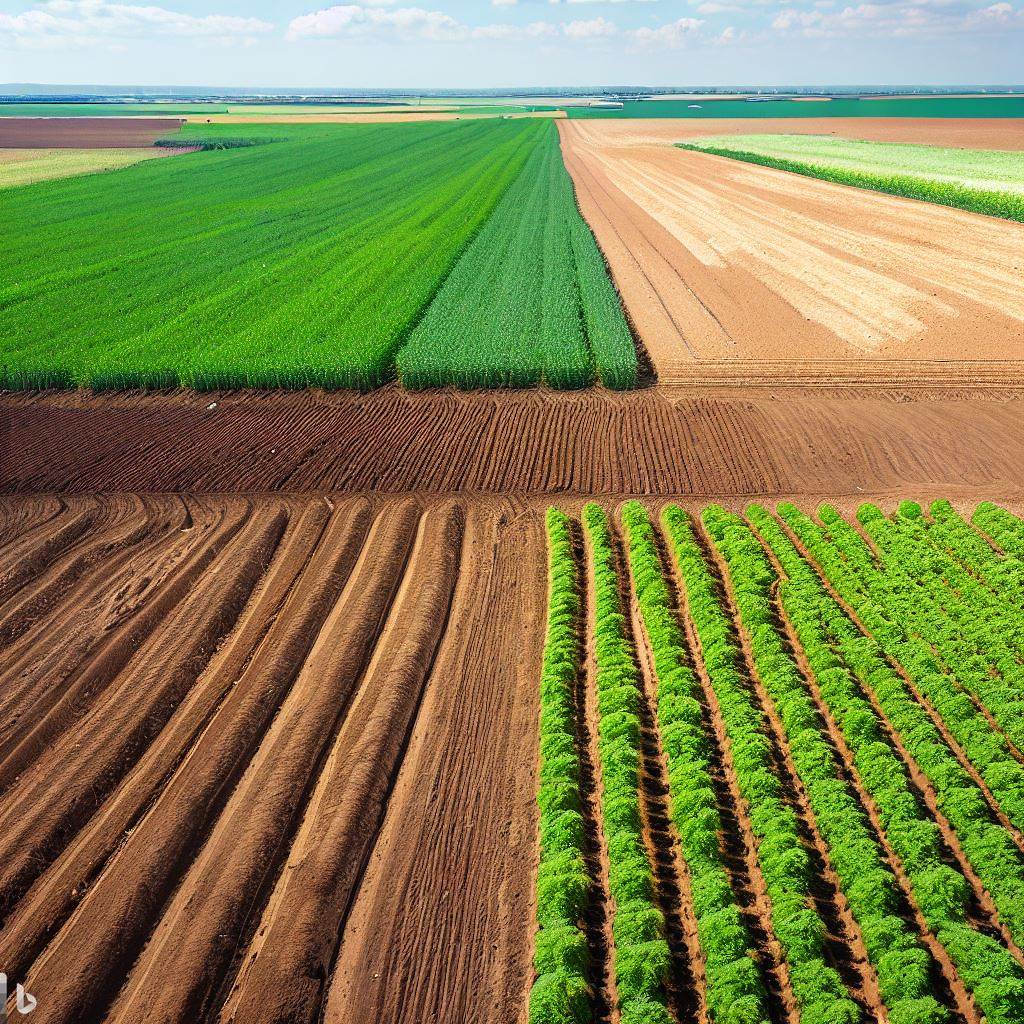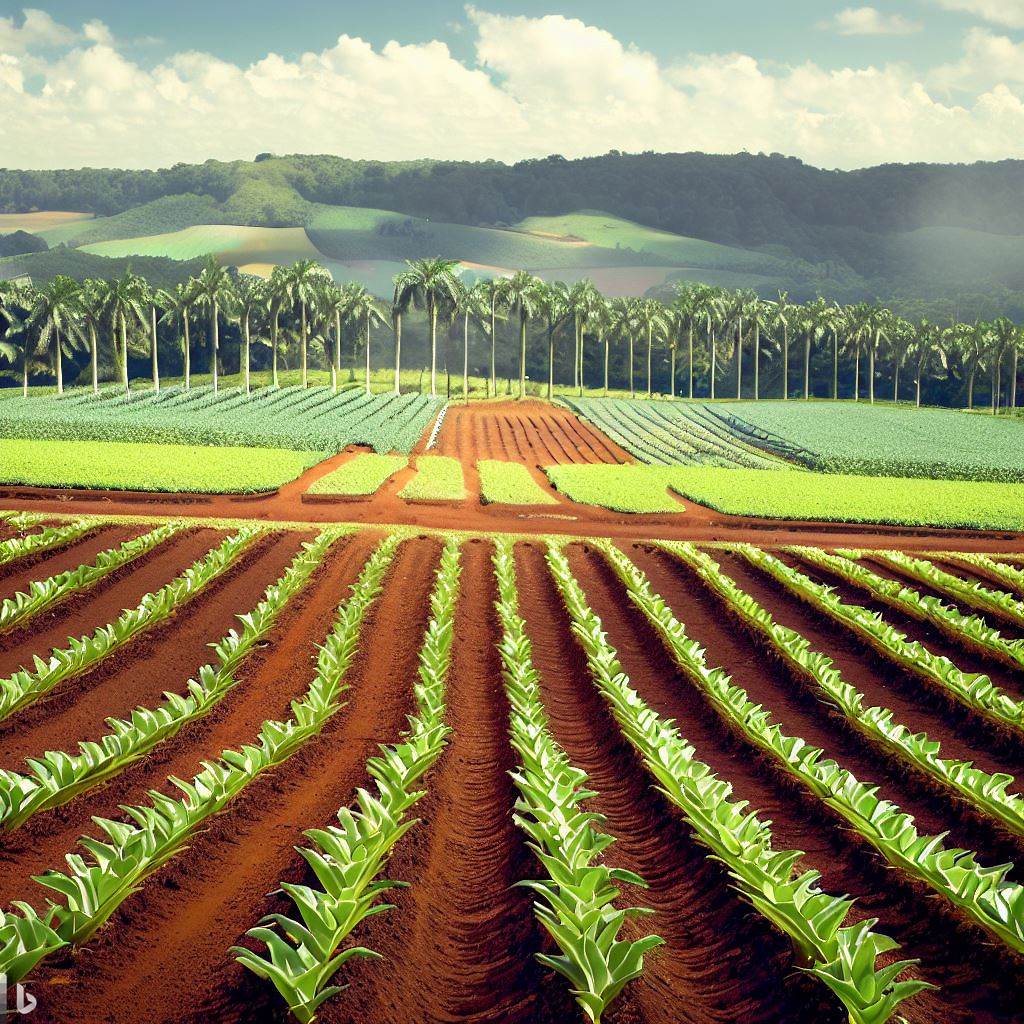Introduction of Wheat
Wheat is one of the most important cereal crops in the world, and it is used for making flour, pasta, bread, and other food products. Growing wheat requires knowledge, skills, and hard work. In this article, we will discuss the whole process of growing wheat, from seeding to harvesting, as well as tips on spraying, using medicine, and achieving a good acre average.
Seeding of wheat
The first step in growing wheat is seeding. Wheat can be planted either in the fall or in the spring, depending on the climate and the type of wheat being grown. Fall planting is preferred in areas with mild winters, as it allows the wheat to establish a strong root system before winter. Spring planting is more common in areas with harsh winters, as it allows the wheat to avoid frost damage.
To plant wheat, you will need a seed drill or a broadcast seeder. A seed drill is a machine that plants the seed in rows, while a broadcast seeder spreads the seed over the ground. Before planting, the soil should be tilled and prepared. This includes removing any weeds, rocks, or debris and adding fertilizers and other soil amendments.
The optimal seeding rate for wheat depends on the type of wheat being grown, the soil type, and the climate. In general, the recommended seeding rate is around 100 to 150 pounds of seed per acre.
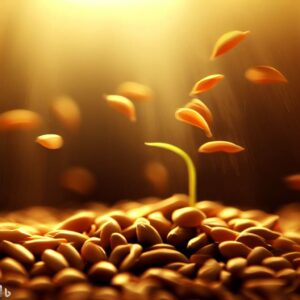
Growing wheat
Once the wheat is planted, it will begin to grow. During the growing season, the wheat will need regular care and attention to ensure a healthy and productive crop. This includes irrigation, fertilization, weed control, and pest control.
Irrigation of Wheat
Wheat requires consistent moisture throughout the growing season to produce a good crop. If there is not enough rainfall, irrigation may be necessary. Overwatering can be just as detrimental to the crop as under watering, so it is important to monitor the soil moisture level carefully.
Fertilization of Wheat
Wheat requires nutrients like nitrogen, phosphorus, and potassium to grow and produce grain. These nutrients can be provided through fertilization. The type and amount of fertilizer needed will depend on the soil type, the stage of growth, and the yield goal. Overfertilization can lead to excessive vegetative growth and reduced yield, so it is important to follow the recommended fertilization rates.
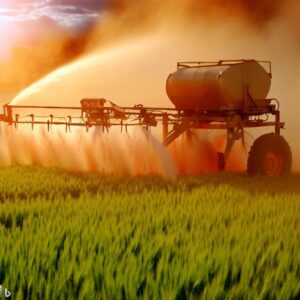
Weed Control of Wheat
Weed control can be achieved through mechanical, cultural, and chemical methods. Mechanical methods include hoeing or hand-weeding, while cultural methods include crop rotation and cover cropping. Chemical methods include herbicides, which are applied to the soil or the foliage of the wheat plant to kill weeds.
Pest Control of Wheat
Pests like insects and rodents can also damage wheat crops. Pest control can be achieved through cultural, mechanical, and chemical methods. Cultural methods include crop rotation and planting pest-resistant varieties. Mechanical methods include trapping and baiting. Chemical methods include insecticides and rodenticides, which are applied to the soil or the foliage of the wheat plant to kill pests.
Spraying and Medicine to Wheat
During the growing season, it may be necessary to spray the wheat with pesticides or other chemicals to control pests and diseases. Spraying should be done according to the manufacturer’s instructions and the recommendations of local agricultural authorities. It is important to wear protective clothing and equipment when spraying chemicals, as they can be harmful if they come into contact with the skin or are inhaled.
Harvesting of Wheat
When the wheat is ready for harvest, it will have turned golden-brown and the kernels will be hard and dry. Harvesting should be done when the moisture content of the grain is around 13-15%. If the grain is too moist, it may mold or spoil in storage. If it is too dry, it may shatter or crack during harvesting.
There are two main methods of harvesting wheat: combine harvesting and swathing. Combine harvesting involves cutting the wheat plants and separating the grain from the straw and chaff using a combine harvester. Swathing involves cutting the wheat plants and leaving them in windrows to dry before threshing.
After harvesting, the wheat must be stored properly to maintain its quality and prevent spoilage. The grain should be cleaned, dried, and stored in a cool, dry, and well-ventilated area. It is important to monitor the moisture content of the grain regularly to prevent spoilage and the growth of mold and bacteria.

Achieving a Good Acre Average
The yield of wheat can vary depending on a number of factors, including soil type, climate, pest and disease pressure, and management practices. To achieve a good acre average, it is important to optimize the growing conditions and implement best management practices.
This includes using high-quality seed, planting at the optimal time and rate, providing adequate irrigation and fertilization, controlling weeds and pests, and harvesting at the right time and moisture content. It is also important to monitor the crop regularly and adjust management practices as needed.
In addition, it is important to choose the right wheat variety for the local climate and growing conditions. There are many different wheat varieties available, each with different characteristics and adaptability to different regions.
Conclusion
Growing wheat can be a rewarding and challenging experience. To successfully grow wheat, it is important to have knowledge of the entire process, from seeding to harvesting, as well as tips on spraying, using medicine, and achieving a good acre average. With the right management practices and a commitment to sustainability, farmers can produce high-quality wheat that can feed communities around the world.

